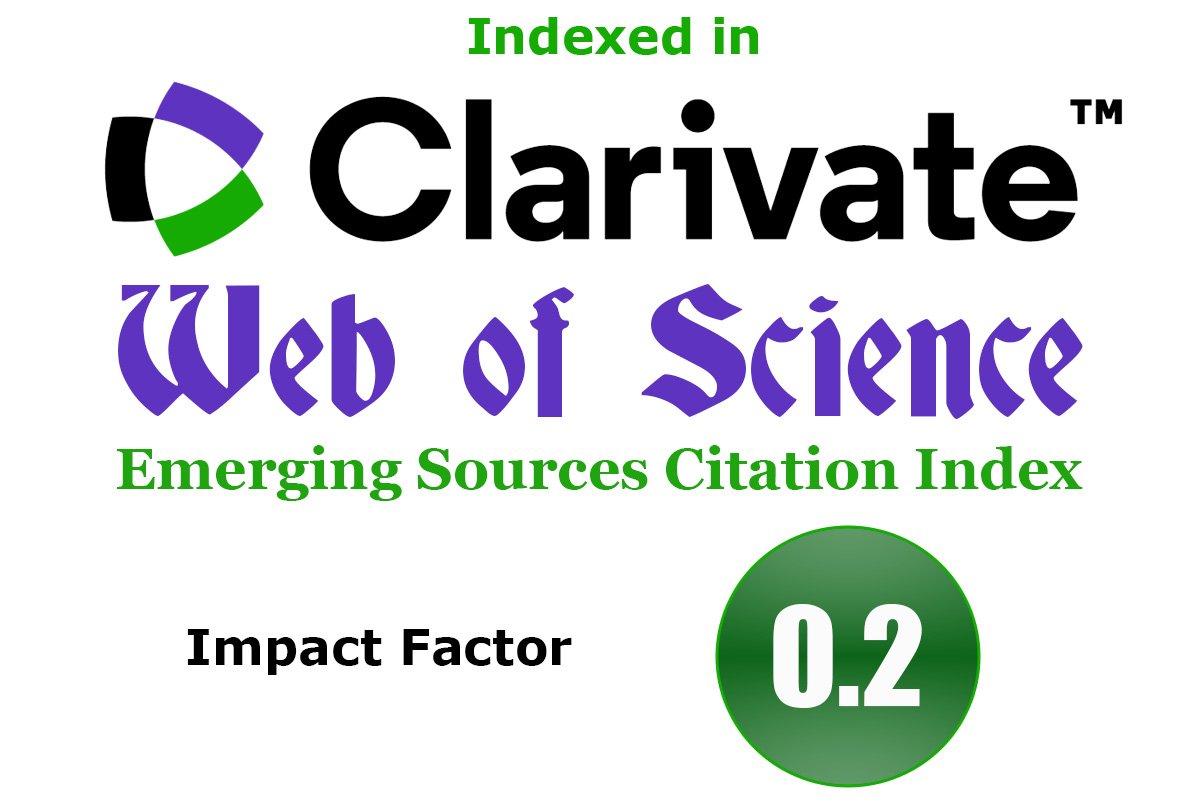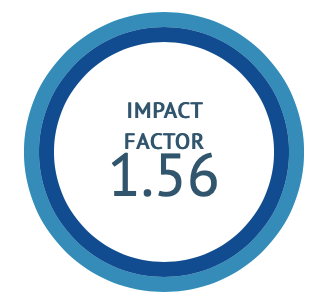Comparative evaluation of Punarnavadi guggul tablet formulation for anti-inflammatory activity
DOI:
https://doi.org/10.47552/ijam.v16iS2.6169Keywords:
Anti-inflammatory activity, Carrageenan, Cotton pellet, Polyherbal, Punarnavadi guggulAbstract
Punarnavadi guggul represents a traditional polyherbal formulation utilized in the treatment of dermatological conditions, jaundice, dropsy, edema, hyperuricemia, and rheumatism. The present investigation sought a comparative analysis of the three marketed formulations of Punarnavadi Guggul tablet for its in vivo anti-inflammatory properties. The anti-inflammatory effects were assessed using the carrageenan-induced rat paw edema model and the cotton pellet granuloma method. The animal groups treated with laboratory-prepared formulation PF (150 mg/kg) showed significant antiinflammatory activity comparable to the standard drug. Existing literature indicates that guggulsterone E, Z, and deodarone are implicated in the anti-inflammatory effects, whereas gallic acid, ascorbic acid, polyphenols, and flavonoids contribute to its antioxidant properties. The formulated tablet exhibited pre-eminent anti-inflammatory properties when compared to commercial formulations, but all formulations showed noteworthy bioactivity.
Downloads
Published
How to Cite
Issue
Section
License
Copyright (c) 2025 International Journal of Ayurvedic Medicine

This work is licensed under a Creative Commons Attribution-NonCommercial-ShareAlike 4.0 International License.
The author hereby transfers, assigns, or conveys all copyright ownership to the International Journal of Ayurvedic Medicine (IJAM). By this transfer, the article becomes the property of the IJAM and may not be published elsewhere without written permission from the IJAM.
This transfer of copyright also implies transfer of rights for printed, electronic, microfilm, and facsimile publication. No royalty or other monetary compensation will be received for transferring the copyright of the article to the IJAM.
The IJAM, in turn, grants each author the right to republish the article in any book for which he or she is the author or editor, without paying royalties to the IJAM, subject to the express conditions that (a) the author notify IJAM in advance in writing of this republication and (b) a credit line attributes the original publication to IJAM.





